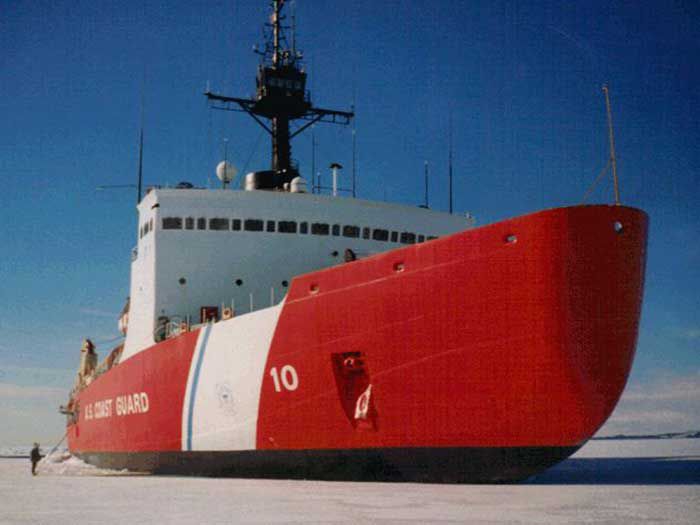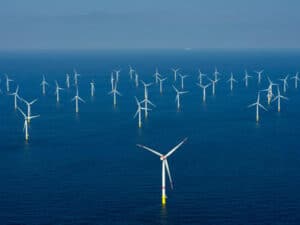
GAO: Coast Guard’s icebreaker plan faces risks in four key areas
Written by Nick Blenkey
GAO report says Coast Guard set delivery dates based on need to fill gap in capabilities once its only operating heavy polar icebreaker—the Polar Star (above) —reaches the end of its service life
SEPTEMBER 19, 2018 — The $9.8 billion Coast Guard and Navy plan to build and maintain three heavy polar icebreakers faces risks in four key areas, according to a GAO report issued earlier this month.
GAO says that “the program has not fully assessed how well key technologies will work in this particular effort,” that the cost estimate may underestimate the funding needed, and that the program sets ship delivery dates that are “optimistic and not based on a realistic shipbuilding assessment.”
GAO says that the Coast Guard did not have a sound business case in March 2018, when it established the cost, schedule, and performance baselines for the program, because of risks in four key areas:
Design: The Coast Guard set program baselines before conducting a preliminary design review, which puts the program at risk of having an unstable design, thereby increasing the program’s cost and schedule risks. While setting baselines without a preliminary design review is consistent with DHS’s current acquisition policy, it is inconsistent with acquisition best practices. Based on GAO’s prior recommendation, DHS is currently evaluating its policy to better align technical reviews and acquisition decisions.
Technology: The Coast Guard intends to use proven technologies for the program, but did not conduct a technology readiness assessment to determine the maturity of key technologies prior to setting baselines. Coast Guard officials indicated such an assessment was not necessary because the technologies the program plans to employ have been proven on other icebreaker ships. However, according to best practices, such technologies can still pose risks when applied to a different program or operational environment, as in this case. Without such an assessment, the program’s technical risk is underrepresented.
Cost: The lifecycle cost estimate that informed the program’s $9.8 billion cost baseline substantially met GAO’s best practices for being comprehensive, well-documented, and accurate, but only partially met best practices for being credible. The cost estimate did not quantify the range of possible costs over the entire life of the program. As a result, the cost estimate was not fully reliable and may underestimate the total funding needed for the program.
Schedule: The Coast Guard’s planned delivery dates were not informed by a realistic assessment of shipbuilding activities, but rather driven by the potential gap in icebreaking capabilities once the Coast Guard’s only operating heavy polar icebreaker—the Polar Star —reaches the end of its service life.
GAO’s analysis of selected lead ships for other shipbuilding programs found the icebreaker program’s estimated construction time of three years is optimistic. As a result, the Coast Guard is at risk of not delivering the icebreakers when promised and the potential gap in icebreaking capabilities could widen.
RECOMMENDATIONS
GAO is making six recommendations to the Coast Guard, DHS, and the Navy. Among other things, GAO recommends that the program conduct a technology readiness assessment, re-evaluate its cost estimate and develop a schedule according to best practices, and update program baselines following a preliminary design review. DHS concurred with all six of GAO’s recommendations.
Download the full report “Coast Guard Acquisitions: Polar Icebreaker Program Needs to Address Risks before Committing Resources” GAO-18-600: HERE





Leave a Reply
You must be logged in to post a comment.